Oriental lilies are a popular and striking addition to any garden or indoor space. They are prized for their vibrant colors, sweet fragrance, and elegant form.
These plants, also known as Lilium Oriental, are native to Japan and China but are now cultivated worldwide. Oriental lilies have unique characteristics, including large blooms, long, sturdy stems, and glossy green leaves.
However, oriental lily leaves turning yellow is one such issue that can detract from the beauty of these plants.
Common causes of this problem include overwatering, underwatering, extreme temperatures, and pest infestations.
It is crucial to address yellowing leaves promptly to maintain the plant’s health and appearance. Also, to prevent the spread of the issue to other plants nearby.

In this article, we’ll explore all the causes of yellowing leaves on Oriental lilies and provide practical solutions to revive and care for these beloved flowers.
Table of Contents
Common Causes of Oriental Lily leaves turning yellow
There are several common causes of Oriental lily leaves turning yellow, including environmental factors, pest infestations, diseases, and natural seasonal changes.
This section will explore each of these causes in detail and provide practical tips for preventing and treating yellowing leaves on your Oriental lilies.
Environmental Factors
Overwatering
Overwatering occurs when plants receive more water than they need, leading to waterlogged soil and suffocated roots. This can cause leaves to turn yellow and wilt and may even result in the death of the plant.
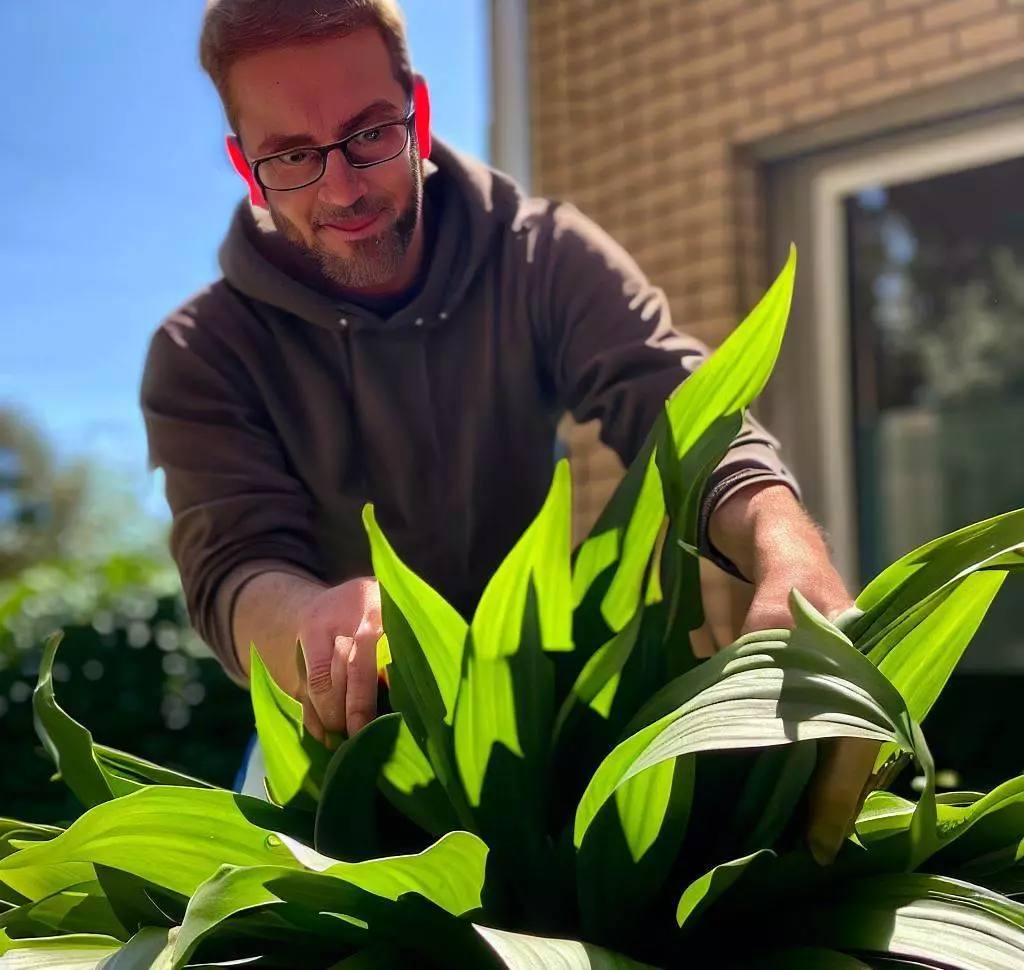
To prevent overwatering:
- Ensure that the soil is well-drained and that excess water is drained away.
- Water the plant deeply, but only when the soil is dry to the touch about an inch below the surface.
- If the plant is in a container, provide drainage holes.
Underwatering
Underwatering is the opposite of overwatering and occurs when plants do not receive enough water. This can cause the leaves to turn yellow, dry out, and fall off.
To prevent underwatering, ensure that the soil is moist but not waterlogged. Water the plant when the soil feels dry about an inch below the surface.
Extreme Temperatures
Extreme hot or cold temperatures can stress Oriental lilies and cause their leaves to turn yellow. These plants prefer moderate temperatures between 60°F and 75°F (15°C and 24°C) and may suffer if exposed to temperatures outside this range for prolonged periods.
To prevent damage from extreme temperatures, provide shade during hot weather, and protect the plant from frost during cold weather.
Pest and Diseases
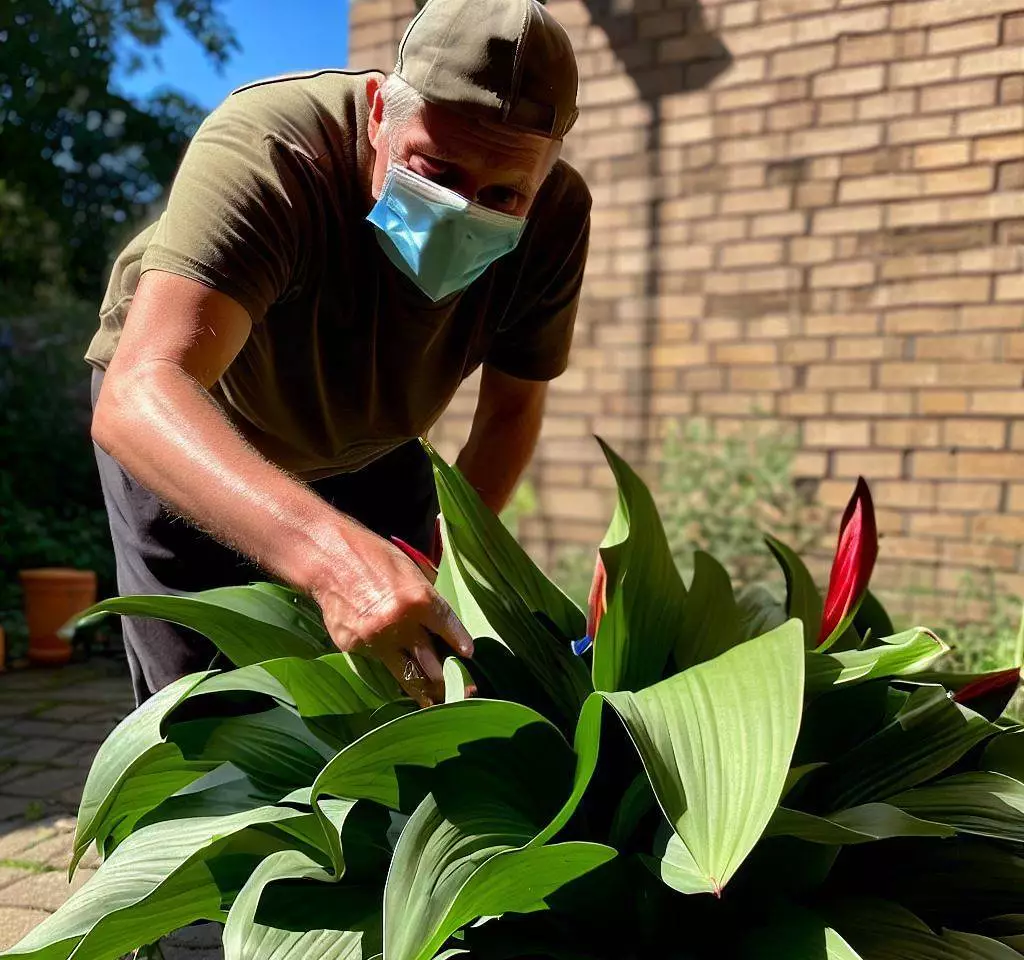
Lily Beetle
The red lily beetle is a common pest that feeds on Oriental lilies, causing yellowing of the leaves, stems, and flowers. The beetle is about 1cm long and has a bright red shell with black legs and antennae.
Inspect the plant regularly and remove any beetles or larvae by hand to prevent lily beetle infestations. Use organic insecticides as a last resort, as they may harm beneficial insects.
Botrytis Blight
Botrytis blight is a fungal disease that affects Oriental lilies and can cause yellowing and browning of the leaves and flowers. The disease is caused by excess moisture, poor air circulation, and high humidity.
Botrytis blight can be prevented by avoiding overhead watering, providing good air circulation, and promptly removing any infected plant material.
Fusarium Wilt
Fusarium wilt is a fungal disease that affects the roots of Oriental lilies, causing yellowing of the leaves, wilting, and death. The disease is soil-borne and can spread quickly through the plant.
To prevent fusarium wilt, ensure the soil is well-drained and avoid overwatering. Remove any infected plants promptly and sterilize the soil before replanting.
Natural Seasonal Changes
Yellowing leaves on Oriental lilies may also occur as a natural part of the plant’s growth cycle, especially in autumn when the plant enters a dormant phase. In this case, the leaves will typically turn yellow and fall off independently.
However, if yellowing occurs outside of the plant’s normal seasonal cycle, it may indicate an underlying issue that needs to be addressed.
Diagnosing the Problem
If you notice yellowing leaves on your Oriental lilies, it’s important to diagnose the problem as soon as possible to prevent further damage to the plant.
Diagnosing the problem involves identifying the symptoms, inspecting the plant, and determining the cause of the issue.
In this section, we’ll provide practical tips for diagnosing yellowing leaves on your Oriental lilies and finding the underlying cause of the problem.
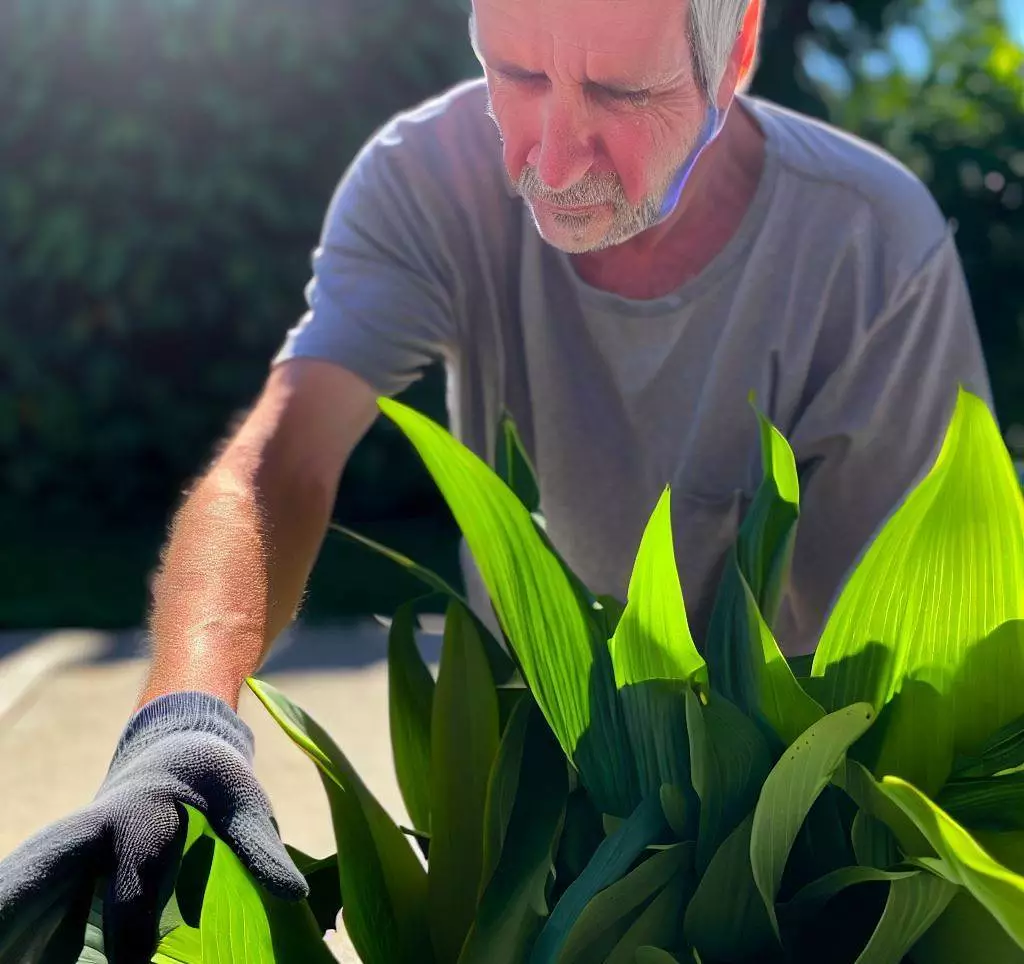
Identifying the symptoms
The first step in diagnosing yellowing leaves on your Oriental lilies is to identify the symptoms. Yellowing leaves are the most common symptom, but other signs of stress or disease may also be present, such as wilting, spotting, or stunted growth.
Take note of these symptoms and keep track of their progression over time.
Inspection of the plant
The next step is to inspect the plant for any pests or other issues causing yellowing leaves. Check the leaves, stems, and flowers for signs of pest infestations.
These signs may include bite marks, webbing, or droppings. Also, evaluate environmental factors contributing to the problem, such as exposure to extreme temperatures or improper watering habits.
Determining the cause
Once you have identified the symptoms and inspected the plant, the next step is to determine the underlying cause of the issue. You can use diagnostic tools such as soil pH testers, moisture meters, or even pest identification guides to help you pinpoint the problem.
If you are unsure of the cause or need further assistance, seek advice from a gardening or plant specialist.
How to Fix Yellowing Leaves?
Prompt action makes it possible to restore your Oriental Lily to its former glory. This section will provide practical tips for fixing yellowing leaves on your plant, including environmental solutions and pest and disease control.
Environmental Solutions
Adjust watering habits
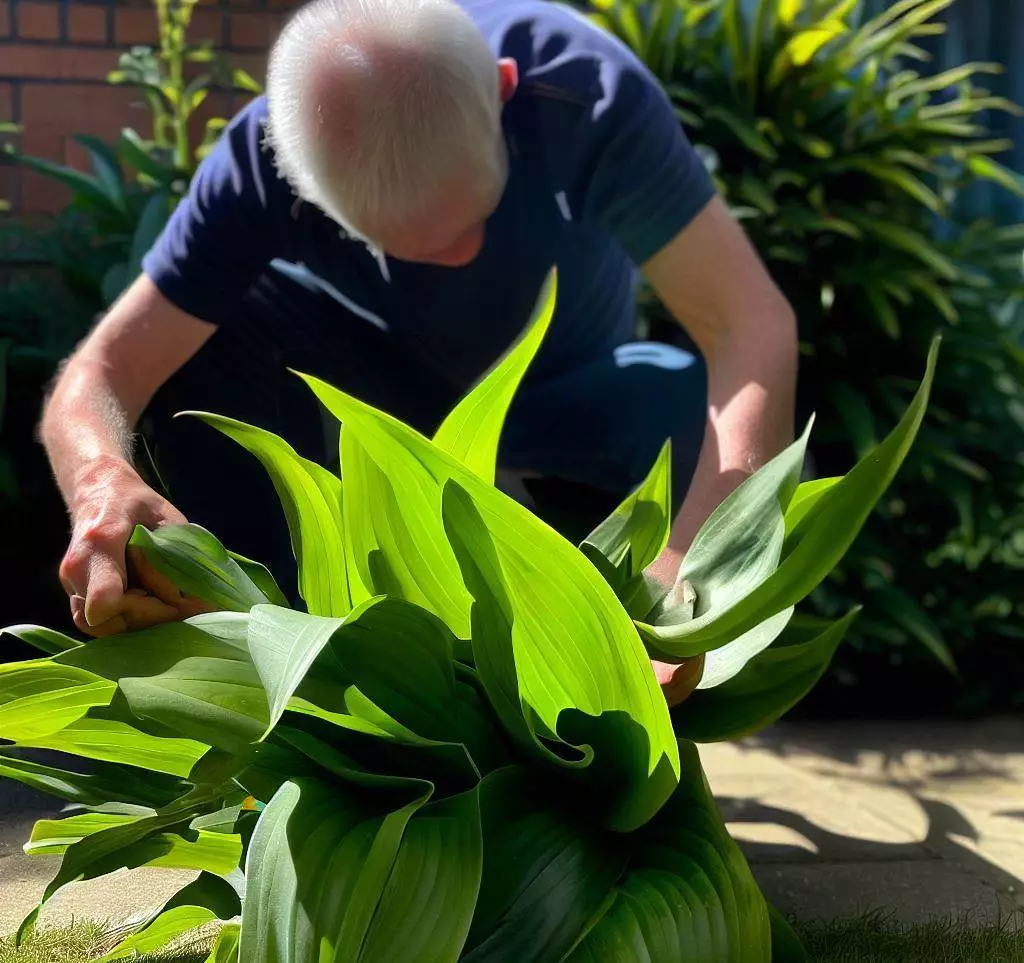
Improper watering is one of, if not the most common, causes of yellowing leaves on Oriental lilies, so it’s important to adjust your watering habits to prevent over- or under-watering.
Water the plant thoroughly but avoid letting it sit in standing water, which can lead to root rot. Use tools like moisture meters to monitor soil moisture levels and only water the plant when the soil feels dry.
Control the temperature
Extreme temperatures can also cause yellowing leaves on Oriental lilies, so it’s important to control the temperature to prevent stress to the plant. Keep the plant away from direct sunlight and drafts, which can cause temperature fluctuations.
Use tools like thermometers to monitor the temperature and adjust the plant’s location accordingly.
Improve soil quality
Healthy soil is essential for the growth and vitality of Oriental lilies. If the soil is poor quality or lacks nutrients, it can lead to yellowing leaves and other problems.
To improve the soil quality, consider adding organic matter like compost or manure. Use soil testing kits to assess the soil’s pH level and nutrient content.
Pest and Disease Control
Use insecticides
Insect infestations can cause yellowing leaves and other problems for Oriental lilies. If you notice signs of insect damage, such as leaf holes or visible insects, use insecticides to control the infestation.
Several types of insecticides are available, including organic and natural options that are safe for the environment. Follow the instructions carefully and apply the insecticide as directed.
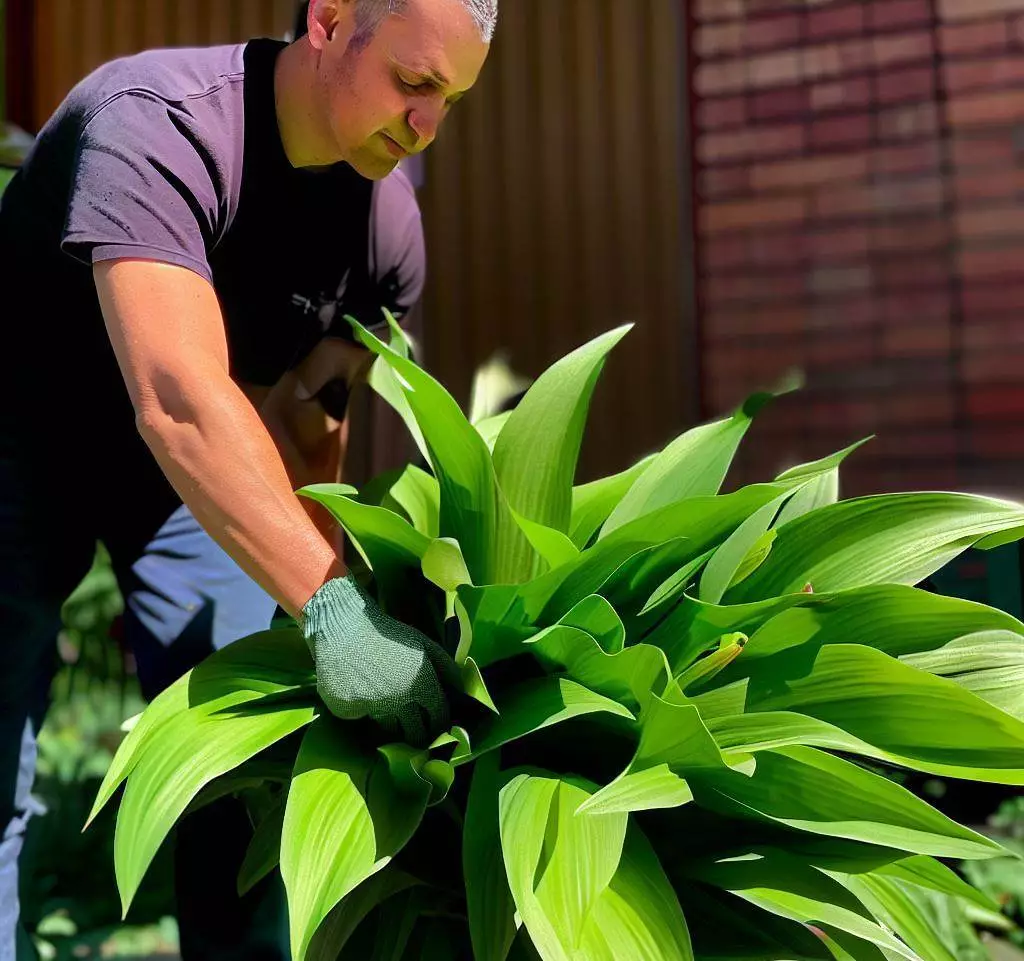
Here are some insecticides that are extremely effective on the Oriental Lily:
- Neem oil: This natural insecticide is effective against a wide range of pests, including aphids, thrips, and mites. It disrupts the insect’s hormone system and prevents it from feeding and reproducing.
- Spinosad: This organic insecticide is derived from soil-dwelling bacteria and is effective against a wide range of pests, including caterpillars, leafminers, and thrips. It attacks the insect’s nervous system and causes paralysis and death.
- Pyrethrins: This natural insecticide is derived from chrysanthemum flowers and is effective against a wide range of pests, including aphids, whiteflies, and spider mites. It disrupts the insect’s nervous system and causes paralysis and death.
Avoid using insecticides during periods of active blooming or when bees and other beneficial insects are present.
Fungicides and other treatments
If you suspect a fungal infection is causing your plant’s leaves to turn yellow, use fungicides and other treatments to control the disease. Several types of fungicides and treatments are available, including organic and natural options. Follow the instructions carefully and apply the treatment as directed.
Let’s have a look at some of the most effective fungicides that work well on Oriental Lily plants:
- Copper fungicide: This organic fungicide is effective against many fungal diseases, including botrytis blight and powdery mildew. It creates a protective barrier on the plant’s surface that prevents fungal spores from germinating and spreading.
- Sulfur fungicide: This organic fungicide is effective against powdery mildew and other fungal diseases. It works by preventing the growth and reproduction of fungal spores.
- Fungicidal soap: This natural fungicide is effective against various fungal diseases, including black spots and powdery mildew. It works by suffocating the fungal spores and preventing them from spreading.
Again, avoid using these fungicides when the flowers start to pop out, as the bees and other beneficial insects are generally most active during this time. They are the type of insects that you do not want to exterminate!
Prevention Tips
Prevention is key when it comes to maintaining the health and vitality of your Oriental lilies. In this section, we will provide practical tips for preventing yellowing leaves and other problems from occurring in the first place.
By following these tips, you can help your plant thrive and enjoy its beautiful blooms for years.
Regular Maintenance
Regular maintenance is essential for keeping your Oriental lilies healthy and free from yellowing leaves. Let’s have a look at some tried and tested tips for regular care and maintenance of your plant:
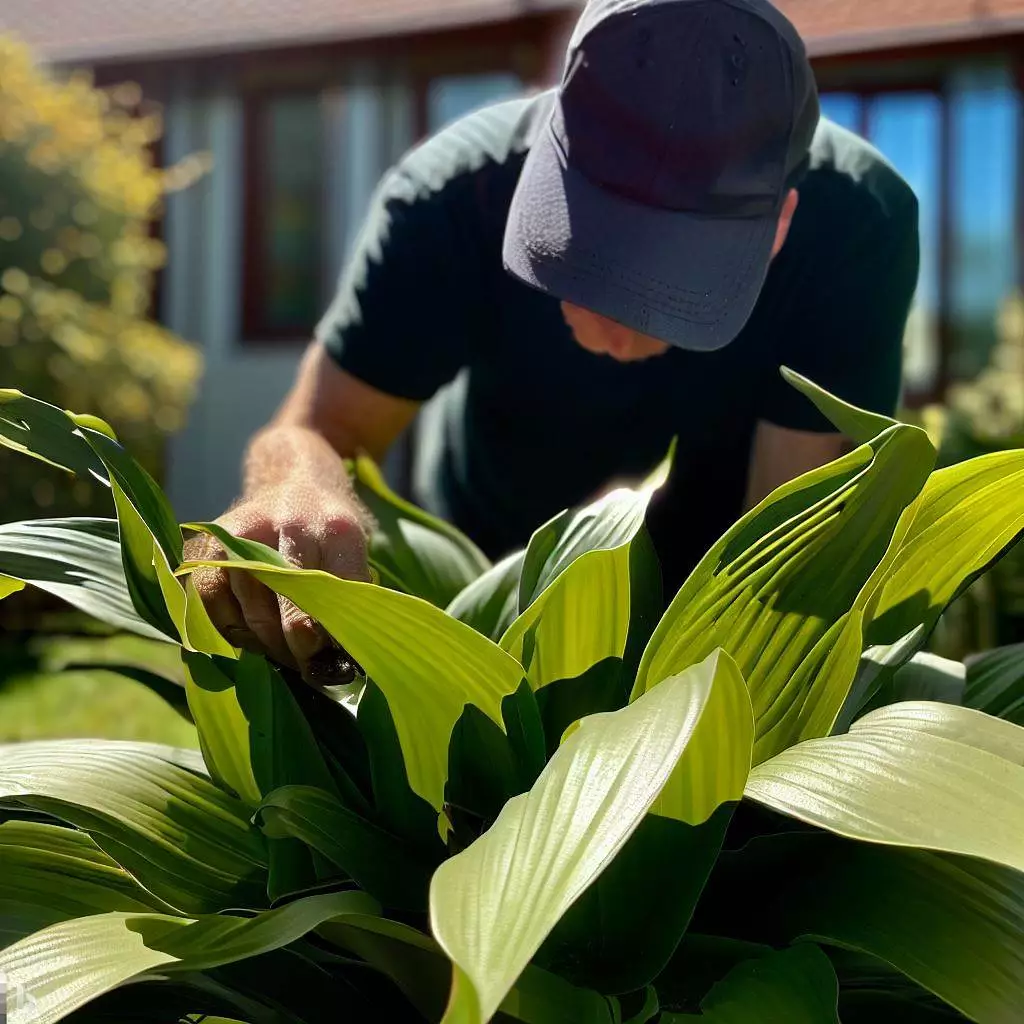
- Water your lilies deeply and regularly, but avoid overwatering.
- Fertilize your lilies regularly with a balanced fertilizer.
- Deadhead spent blooms to encourage new growth and prevent disease.
- Remove any damaged or diseased leaves or stems promptly.
- Schedule regular tasks such as weeding, pruning, and cleaning to keep your plant healthy.
Proper planting
Proper planting is also essential for ensuring that your Oriental lilies thrive. Here are some tips for proper planting of your lilies:
- Choose a site with well-draining soil and partial to full sun.
- Prepare the soil with a blended rich organic matter such as either compost or aged manure.
- Plant the bulbs at a 6 to 8 inches depth, with the pointed end facing upwards.
- Space the bulbs at least 6 to 8 inches apart for proper growth and airflow.
Early detection and intervention
Another important factor in keeping your Oriental Plants healthy is early detection and intervention. Let’s have a look at the warning signs to look for and prompt action steps for early intervention:
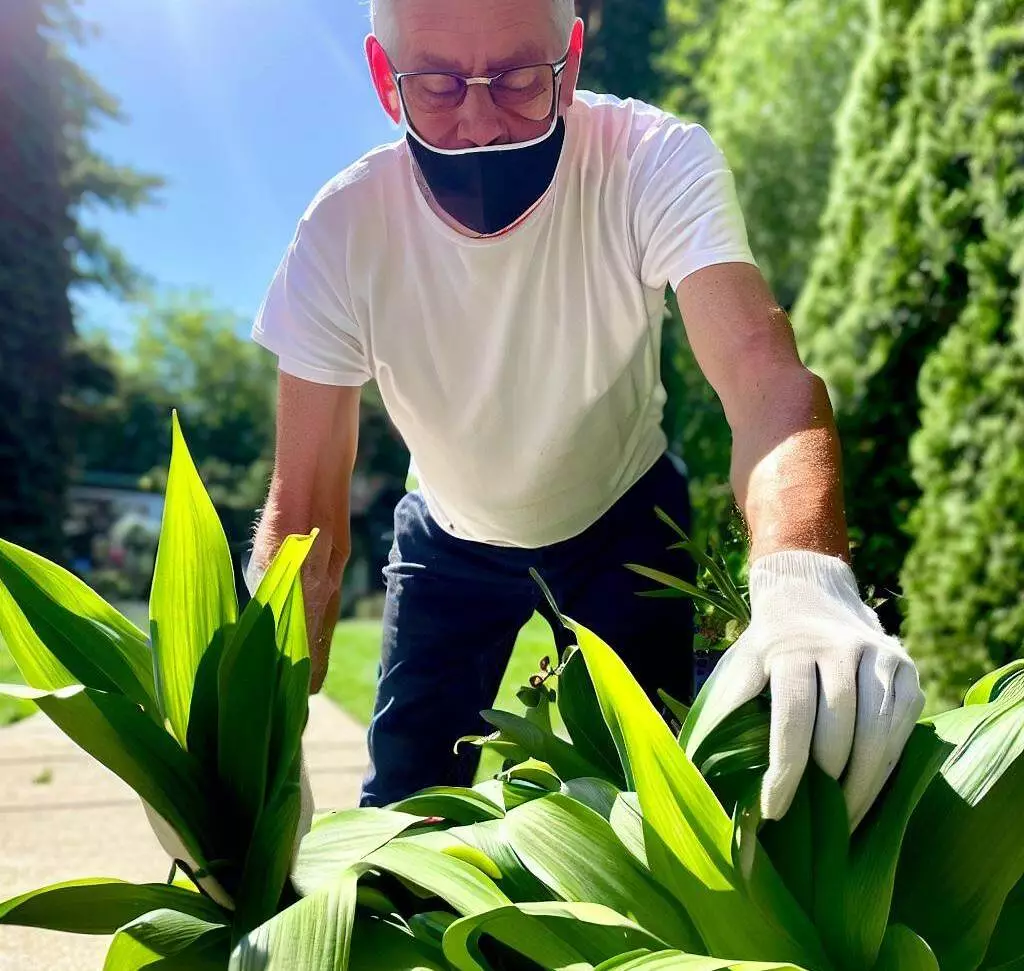
- Check your lilies regularly for signs of yellowing leaves, wilting, or other symptoms.
- Remove the affected leaves or stems immediately if you notice any signs of a problem.
- If the problem persists, consult a gardening expert or take a sample to a local nursery for diagnosis and treatment advice.
Good Hygiene
Good hygiene is essential for preventing the spread of disease and pests. Here are some tips for maintaining good hygiene:
- Keep your gardening tools and equipment clean and disinfected.
- Wash your hands before and after handling your lilies.
- Avoid planting lilies in areas where other plants have had disease problems.
- Rotate your planting locations each year to prevent soil-borne diseases.
Frequently Asked Questions (FAQs)
How often should I water my lilies?
Water your lilies deeply once a week or whenever the top inch of the soil feels dry. Make sure the soil is well-draining and avoid overwatering.
Can I save my plant if the leaves have turned completely yellow?
If the leaves have turned completely yellow, it may be too late to save the plant. However, you can prevent recurring problems by identifying and addressing the underlying cause.
How do I prevent lily beetle infestations?
To prevent lily beetle infestations, inspect your lilies regularly for signs of infestation and remove any beetles or eggs you find. You can also use insecticidal soap or neem oil to control infestations.
Conclusion:
In conclusion, Oriental lilies are beautiful, delicate plants that require proper care and attention to thrive. By identifying and addressing the common causes of yellowing leaves and other problems, you can help your lilies stay healthy and vibrant.
Remember to schedule regular maintenance tasks, plant your lilies properly, and practice good hygiene to prevent the spreading of disease and pests.
If you need further assistance, don’t hesitate to seek advice from a gardening expert. We hope that this guide on oriental lily leaves turning yellow has been helpful. You can read about similar topics here on our website. Check back again soon for more.


